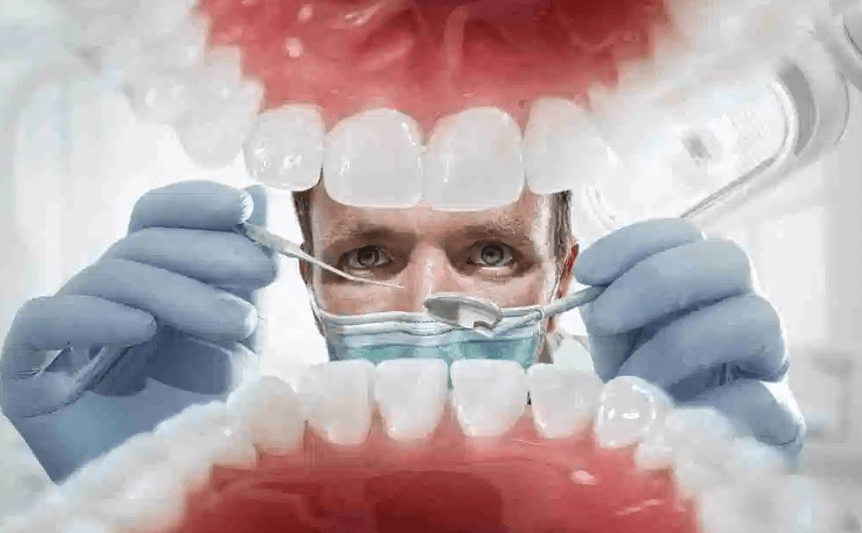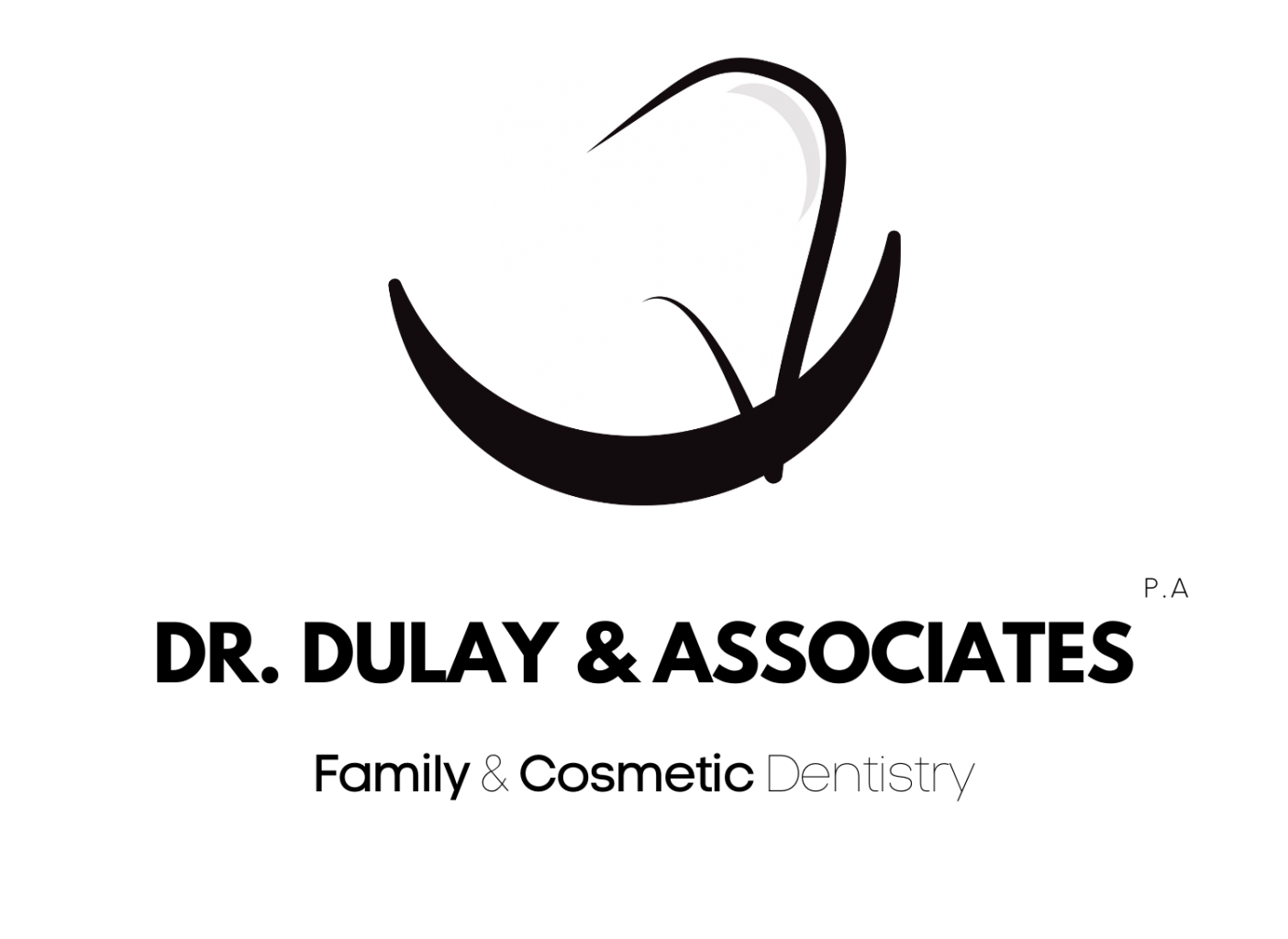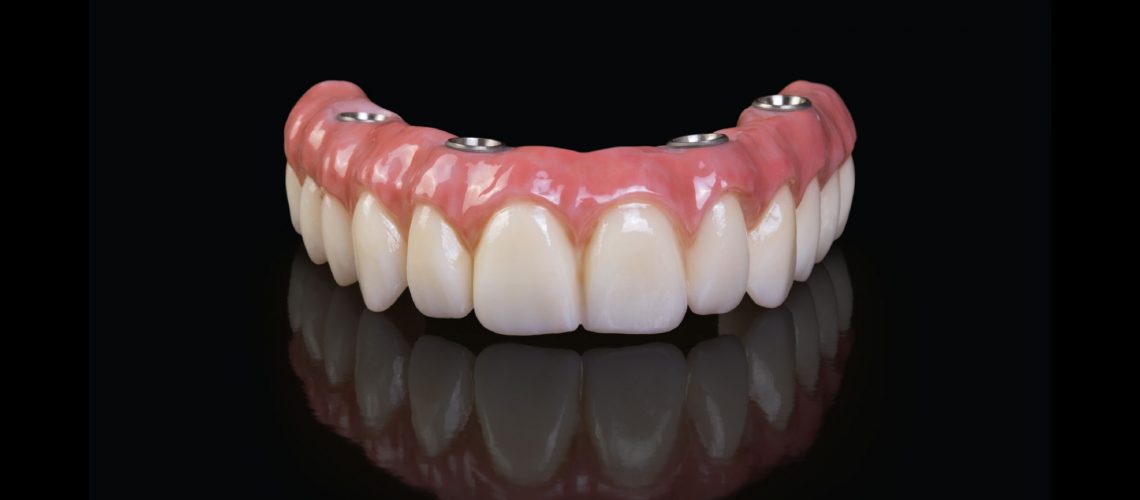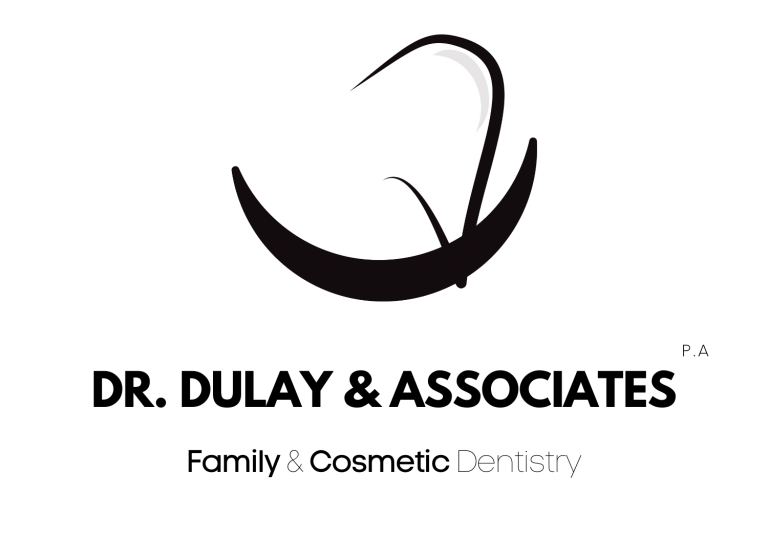To rehabilitate an edentulous jaw with implants, we must take into account the different functional and aesthetic aspects of the restoration that can affect the treatment. Before placing dental implants, a good diagnosis has to be made to decide the type of restoration to be performed and the number of implants to be placed during surgery. The main factors that must be taken into account when deciding the number of dental implants are maxillary morphology and bone resorption in relation to the opposing teeth, the amount of bone remaining,

the skeletal class of each patient, the presence of parafunctions or powerful muscles of the individual and the type of dentition in the jaw. Prosthetic treatments on implants to place fixed maxillary teeth (ceramic zirconium restorations or hybrid prostheses) will be performed with the support of 4 to 8 implants, while removable treatments (overdentures) will be performed, in most cases, with a number of 4 to 6 implants.On the other hand, the complete rehabilitation of the mouth is performed when all the teeth of an arch have been lost, for example, if there is not a single tooth in the upper arch, this way we will avoid having to place an implant for each tooth lost. In these cases, several implants are placed; 6 in the upper arch and between 5-4 in the lower arch in the case of fixed, and on the dental implants a structure with 12 crowns per arch will be placed to complete the entire denture.
There are other techniques such as the implant technique with immediate loading in which it is possible to place the dental implants and a temporary fixed prosthesis on the same day, this implies that the patient does not have to go without teeth and have his prosthesis on the same day of the placement of dental implants, which means a great advance and a better quality of life for the patient.
THE PHASES OF IMPATIENT PLACEMENT
- Case study and taking measures: where the doctor studies each case and it is determined if the placement of dental implants is possible, using photos of the mouth, x-rays and CT) and a treatment plan is made. The molds are taken from the patient’s mouth so that the prosthetic can develop the custom prosthesis.
- Intervention and placement of dental implants: this intervention is a simple and painless process under local anesthesia. If necessary, it can be performed under conscious sedation, so the patient remains in a state of deep relaxation.
- Final prosthesis and follow-up: for about 3 months the bone and the implant will be osseointegrated, that is, they will be fused and then the final prosthesis can be placed.
If you are thinking about having a dental implant treatment in your entire mouth, you can request a consultation at Estudi Dental Barcelona , with our implantologist and periodontist, to perform a diagnosis and a treatment plan for your case, with this we will make a personalized budget and Without any commitment .


